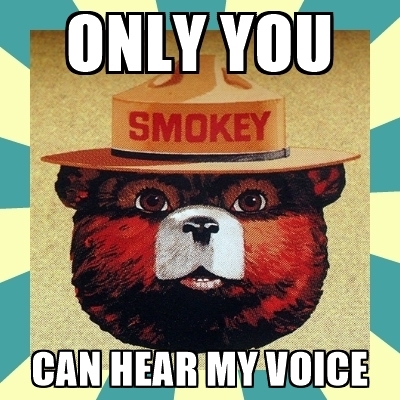I’m focused on camera weight. Obsessed with it. Here are the weights of cameras that would work for what I do, from lightest to heaviest:
Sony A7C | 509 g
Fuji X-T4 | 607 g
Leica M10-R | 660 g
Sony A7RIV | 665 g
Nikon Z7 | the 675 g
Sony A9ii | 678 g
Leica Q2 | 734 g
Canon R5 | 738 g
Leica SL2 | 835 g
Nikon D6 | 1270 g
Canon 1DX-3 | 1440 g
Looking at the numbers…
Arguably the best camera on the market (and the heaviest on my list) weighs three times as much as the lightest one ?.
The A7C has my attention today. The idea of something small yet responsive… ?
The lightest camera on my list is the cheapest, and newest. ?
My number one choice on the list weighs half what the heaviest does. ?
What would I need for the A7C to be worthwhile?
Most likely I’d put a 21/4 or 21/1.4 on it. But could also see an 85/1.4 (AF).
Likes: USB charging, the AF,
Bad: No shutter speed dial on top.
.:.
I’ve been looking at my work from pervious years, where I’ve noticed different approaches I was doing through periods in the past. One that I wanted to bring back around is panoramas. In the past I was taking a lot of swing panoramas with the X100.
So I got out the X100F and for a couple of days was taking swing panoramas again, letting the camera build the massive JPEG files.
Then I was doing some downtown at night with slow shutter speeds and realized I’d have to shoot and assemble it manually.
That was the last time I shot a swing panorama. The difference in quality was serious. From now on, shooting those one frame at a time and assembling later.
.:.
Also, electronic shutter and silence – so tempting. And then you see the photos you made from the passenger seat. Where did those triangles come from. Back to mechanical shutter, after a luckily short period.


